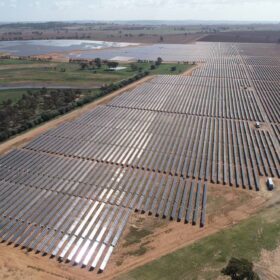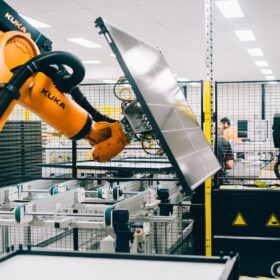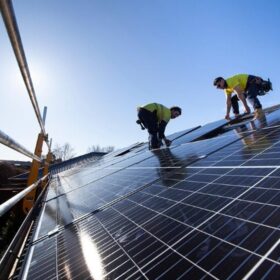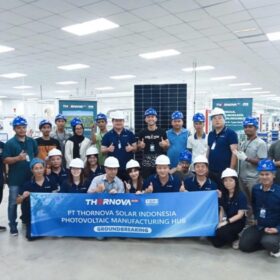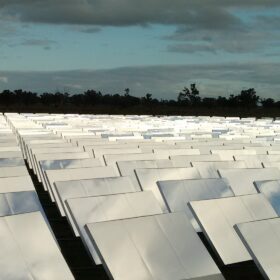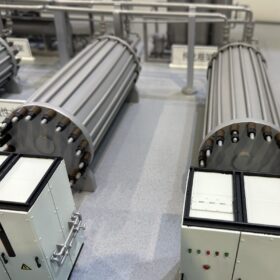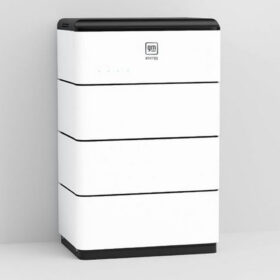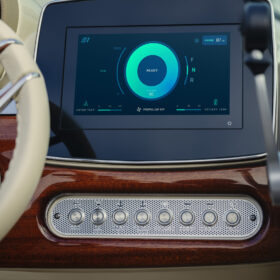Global expansion for Azzo technology made possible through USA investment
A United States clean energy investment company has backed Australian technology company Azzo to accelerate worldwide growth of its energy systems management platform.
Global solar supply chain investments key to easing reliance on China: USA report
A report released by the United States Studies Centre, a joint venture of the American Australian Association and University of Sydney, encourages Australia to deeply engage in global solar supply chains, to reduce its reliance on China.
Jemena adopts USA system to manage grid integration of rooftop solar to its network
United States-headquartered technology company Itron, Inc has collaborated with Victoria-based gas and electricity distribution company Jemena to deploy its resource management system to manage rooftop solar generation in Australia.
GameChange Solar releases solar tracker topography design tool
The new TopoSmart+ software enables users to find the most cost-effective topography and design plan to install United States company GameChange Solar’s Genius Tracker solar mounts at a given location.
Thornova Solar starts cell, module production in Indonesia
United States manufacturer Thornova Solar has started producing solar cells and modules in Indonesia. CEO William Sheng says the move is in line with changing US market regulations. It plans to supply customers with cells and modules from Indonesia, Laos or the US by mid-2025.
Vast signs 550 MWh USA-based green methanol and sustainable fuels deal
Australian concentrated solar company Vast Renewables has signed a development services agreement with Singapore-headquartered energy company GGS Energy to bring concentrated solar powered green methanol and sustainable aviation fuel to the USA.
Australian company using nanomaterials for efficient, cheap hydrogen storage attracts federal funding
Australian company Rux Energy is commercialising technology that uses highly porous nanomaterials to coat tanks for hydrogen storage, claiming significant improvements to the cost, safety and efficiency of what remains a major industry barrier. It has secured funding in the Australian government’s latest round of research grants, and recently opened an office in Essex off the back of industry trials now underway in the UK.
Fortescue Canada puts H2 project on hold
Canada Fortescue Future Industries has withdrawn its proposal for the Coyote Hydrogen project in British Columbia, Canada, noting it may resume the project if pricing and availability improve.
General Motors launches residential storage system
The United States-based automotive manufacturing company said its new storage system offers the option of integrating with PV systems. It can be scaled to reach a capacity of up to 35.4 kWh, which the company said would enable approximately 20 hours of storage.
Fortescue launches US manufacturing plant with marine battery
Australian mining and green energy major Fortescue plans to launch its manufacturing efforts in the United States by producing a high-voltage battery pack with up to 34 kWh capacity built around the company’s scalable battery module technology.
